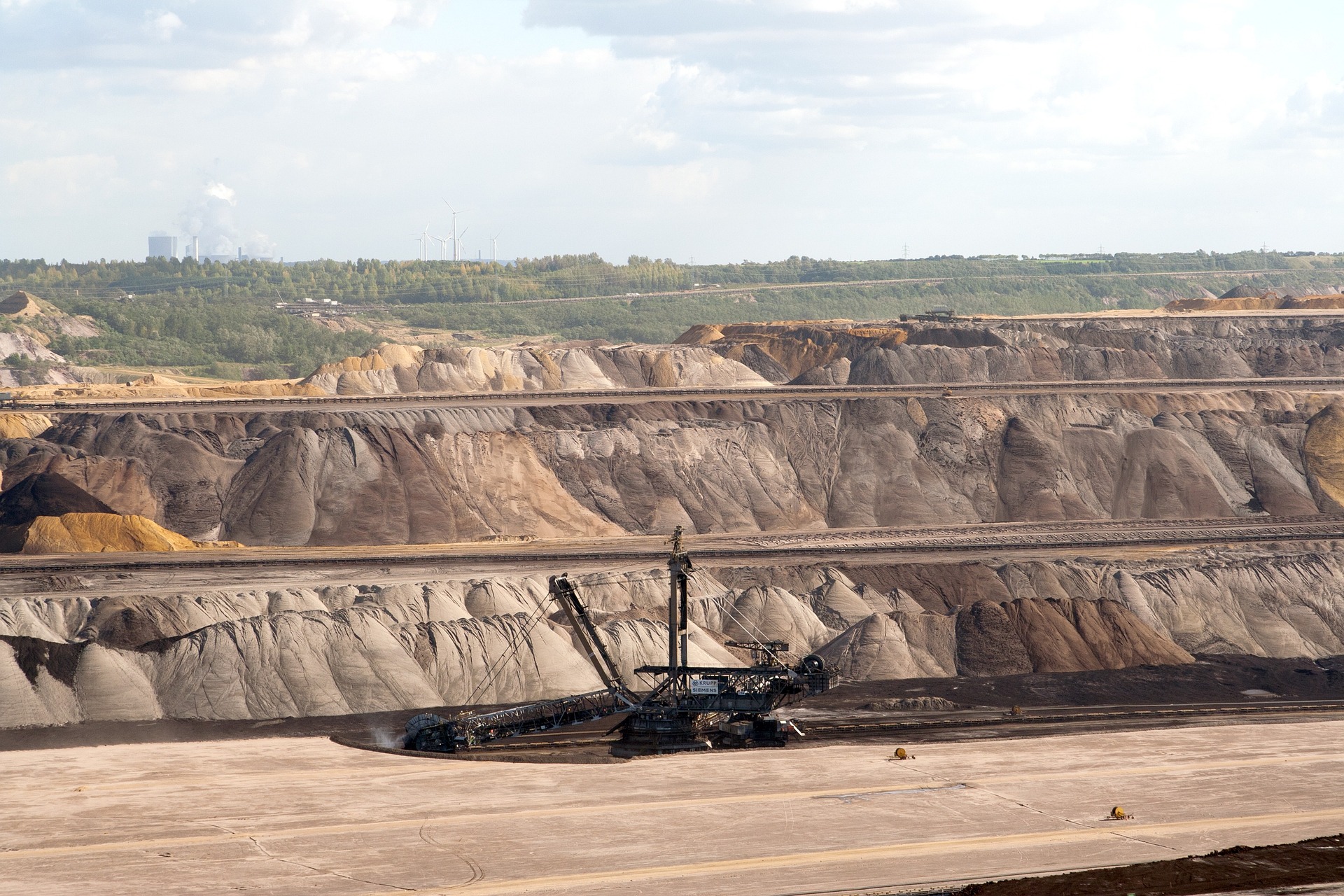By Willa B. Perlmutter
One of my very favorite clients recently sustained a self-inflicted and completely avoidable (and expensive) wound. Since I can’t go back and prevent it from happening, I hope that maybe I can keep the rest of you from falling into the same trap. Let’s talk about what happened.
One morning, I received an email from my client contact, the very smart OHS manager at a good-sized underground hard rock mine asking if I could help with a special assessment proposed for a single citation. Attached to his email were some pictures of a piece of equipment, MSHA’s proposed assessment, and not one, but two, enforcement actions.
I opened the assessment and saw the proposed penalty was very high, nearly at the top of MSHA’s penalty scale. Then I opened the citation attached to the email, and at first, I was a little confused. The citation didn’t look great, alleging high negligence and an S&S violation of § 57.15005, the fall protection rule. On the other hand, MSHA noted that, in the last two years, the mine had been cited for a violation of the regulation only once before, and concluded that only one miner would be affected by the alleged violation. The mine’s enforcement record is, by and large, very good. Still, the penalty was astronomical, way more than what I would have expected under the circumstances.
But (being a really good lawyer and all), I kept reading. And uh-oh, there it was. Right there on the citation, the inspector wrote that the alleged violation was a factor that contributed to an imminent danger order that had been issued to the mine five minutes earlier. In other words, the inspector wrote a § 107(a) imminent danger order alleging that a miner had been seen standing on top of a haul truck without using fall protection, and then the inspector immediately wrote a § 104(a) citation alleging that the company had failed to ensure that safety belts and lines were worn when miners were exposed to a fall hazard.

An imminent danger order and a factually related citation. That’s hardly unusual. In fact, that’s generally the rule, not the exception. Imminent danger orders are one of only two circumstances [the other being post-accident control orders under § 103(j) or (k)] under which MSHA can issue a citation without alleging a specific regulatory violation.
That said, in nearly every case an inspector will write a second citation – a companion, if you will – that ties the alleged imminent danger to a specific regulation. That’s what the inspector did here. Now it was all starting to become clear. The penalty for the citation was so high because of the related imminent danger order.
Unfortunately, here is where the situation took a distressing but avoidable turn. My client only contacted me for help after seeing the ginormous penalty proposed for the citation, about six weeks after the citation and imminent danger order were written – apparently not realizing that imminent danger orders do not carry a penalty, and the company simply waited to see the citation’s penalty before deciding whether to challenge it…and were shocked at how high that penalty turned out to be. They’d ignored the imminent danger order altogether, even though under § 105(a) of the Mine Act, they could (and frankly should) have contested it within 30 days.
Okay, so why should that be a problem? I’m glad you asked. According to MSHA’s policies, it was the fact that a § 107(a) imminent danger order had been issued that triggered the agency’s review of the § 104(a) citation for possible special assessment. Put the other way, the citation would probably have been assessed according to the regular assessment procedures – and subject to a much lower penalty – if the imminent danger order wasn’t there. If the company had contested the imminent danger order as soon as it came out, we very likely could have avoided the special assessment and likely saved the company tens of thousands of dollars.
But wait – there’s more. Thirty days later, because no contest was brought, the imminent danger order became a final order of the Federal Mine Safety and Health Review Commission. All things being equal, it is no longer subject to challenge.
We can still contest the facts and the special findings alleged in the § 104(a) citation, and we plan to do that. The problem created by the mine’s failure to attack the imminent danger order is magnified, though, because now in our penalty case, the administrative law judge is going to see that as a matter of record, an inspector thought the alleged violation created an imminent danger.
We’ll have difficulty arguing that the § 57.15005 violation should not be considered S&S, since an imminent danger, under the Mine Act’s own definition, means that death or serious physical harm was reasonably likely to occur. That will be hard to get around. We can still make the argument, but our failure to challenge the imminent danger when it first happened is going to make for unnecessarily rough sledding (as we say here in the Pacific Northwest).
As it turns out, we do have an argument as to why the negligence should never have been considered “high.” But that, too, would have been better had we contested the § 107(a) order. When we looked more closely at the facts that gave rise to the imminent danger order and citation, we learned something interesting. Apparently, the miner who’d been up on the haul truck allegedly without fall protection had already finished what he’d been doing and returned to the ground when the inspector first saw him.
In other words, the inspector did not issue the imminent danger order until the miner was out of danger (if in fact he ever really was in danger). Since the inspector can only issue a § 107(a) order if something bad is about to happen, there’s a good chance the mine could have gotten the order vacated and thereby avoided both the high penalty for the citation and the difficulty of overcoming the judge’s anticipated emotional reaction to hearing “imminent danger” when the inspector takes the witness stand in the citation penalty case.
There are just a handful of circumstances under which I would counsel a client to contest a citation (or order) as soon as it’s issued, without waiting for the penalty to be proposed. Accident control orders are one, since those are often written too broadly and can shut down more of your operation than is warranted. Unwarrantable failure citations are another, since they land you on the (d) chain, which can also have operational effects.
In every case, you should review an imminent danger order to evaluate whether to contest it immediately, even if you’re not sure you plan to challenge the companion citation. (Oh, come on. Humor me.) Under the right circumstances, you might decide not to contest it, but you should always at least make a deliberate decision. Doing that might save you a small fortune in penalties, to say nothing of the enforcement and operational headaches that come when MSHA issues an imminent danger order.
 Willa Perlmutter is chair of Stoel Rives’ OSHA group and co-chair of the firm’s mining group. She can be reached at [email protected].
Willa Perlmutter is chair of Stoel Rives’ OSHA group and co-chair of the firm’s mining group. She can be reached at [email protected].
